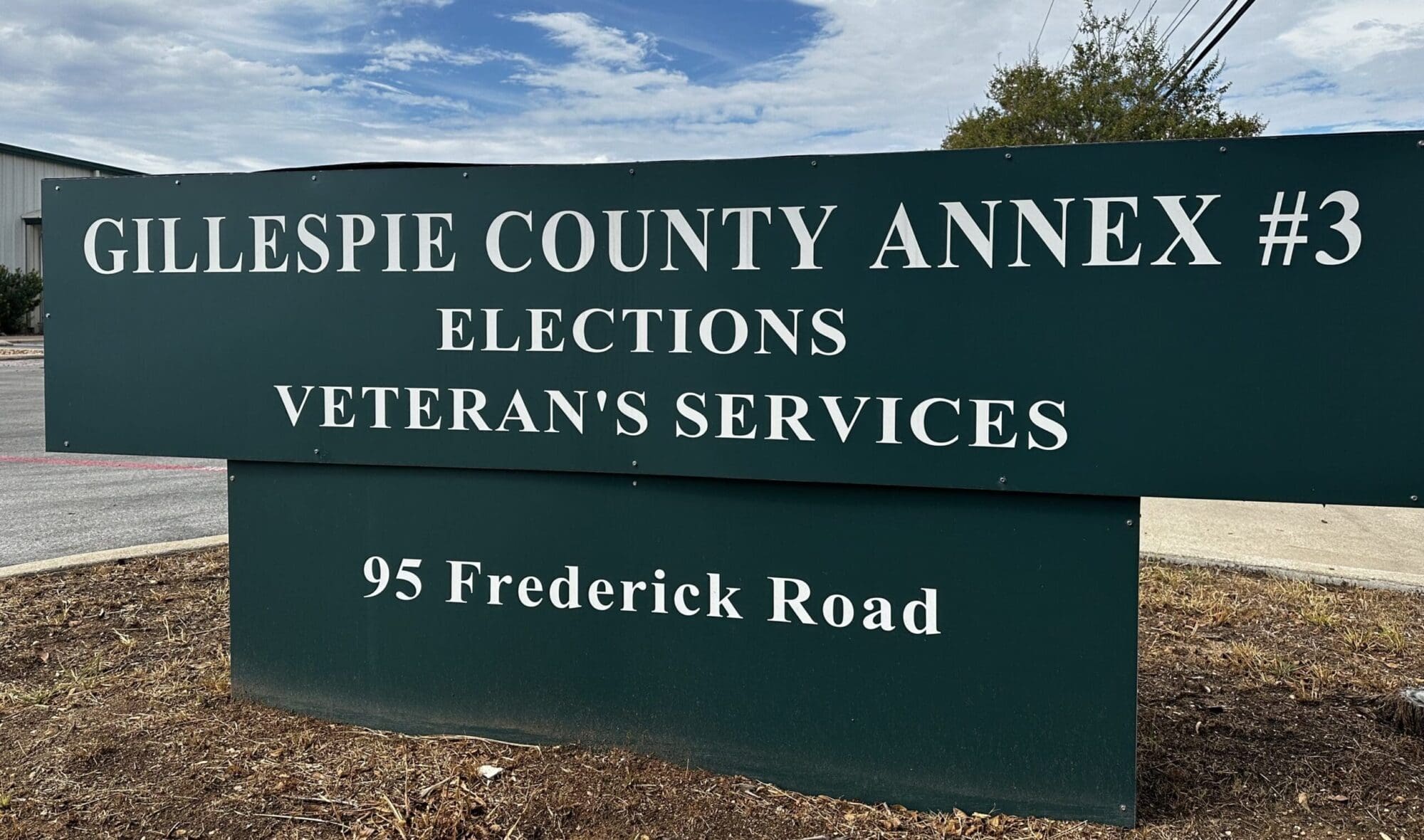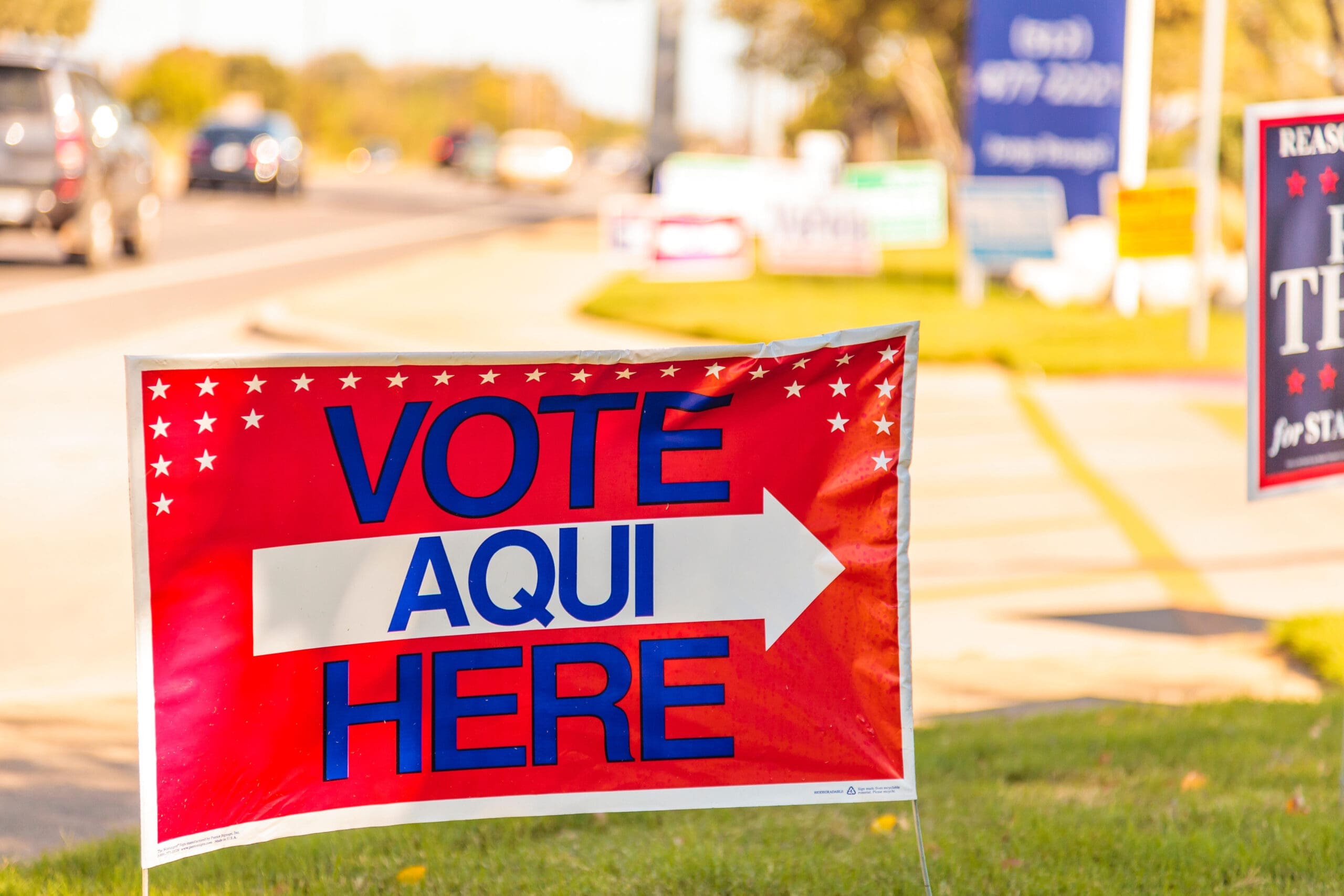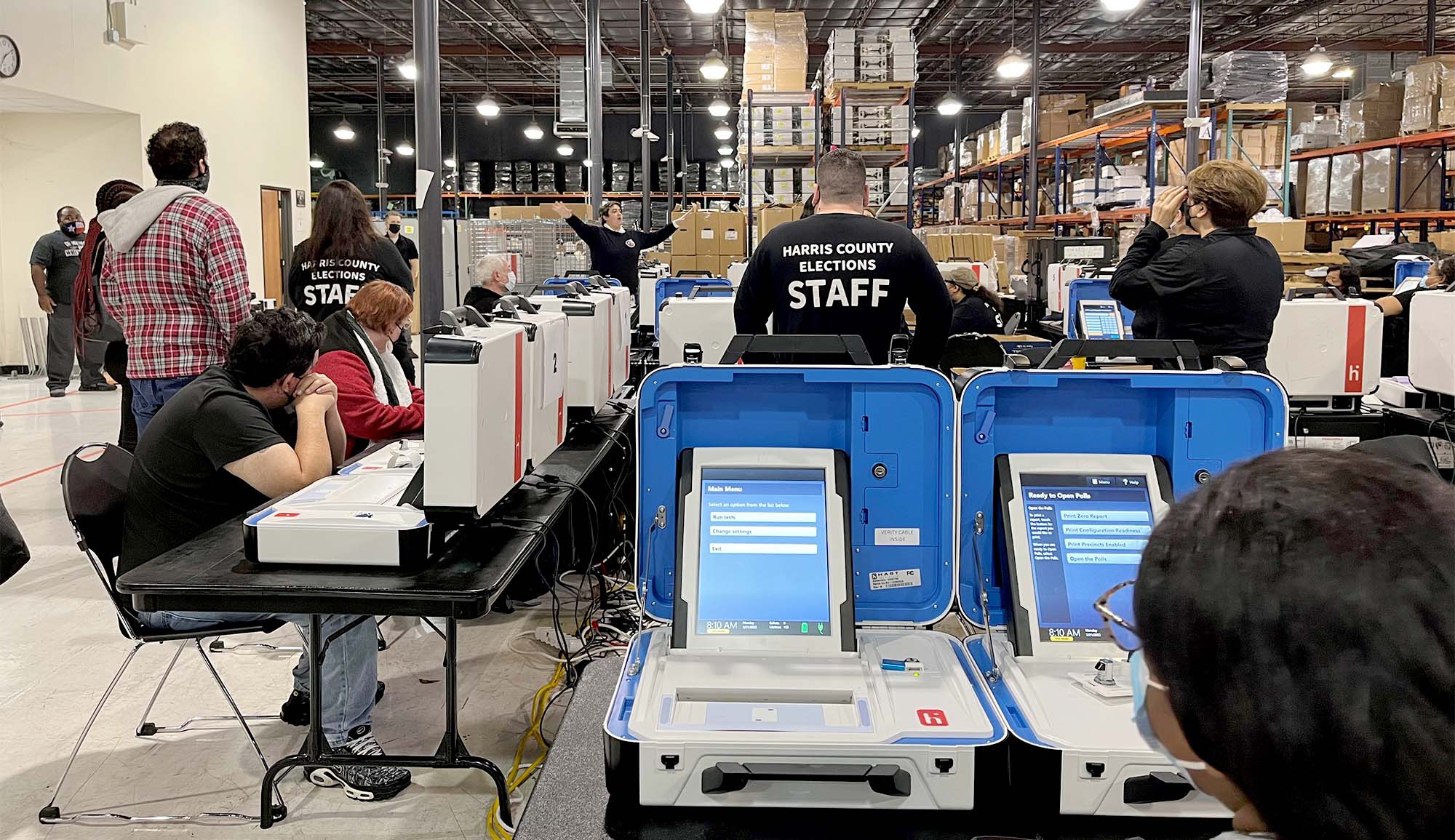Following a successful first effort to hand-count ballots in the March primary election, Gillespie County Republicans reviewed their paperwork and found several errors in the unofficial results reported to the county elections administrator.
Gillespie County GOP Chairman Bruce Campbell said the party reconciled the mistakes ahead of the official canvass of election results on March 14.
“The votes were counted correctly,” said Campbell.
Campbell told Texas Scorecard that addition and transcription errors accounted for the reporting mistakes which did not affect the outcome of any races on the ballot.
“Nowhere was there an error on a tally sheet. The tally sheets were all correct,” he said. “We had 8,266 voters and accounted for 8,266 voters in the end.”
After ballot counting was completed in the March 5 primary, Campbell and other party volunteers involved in the process said they considered their hand-count effort a success.
But Campbell said one of the precinct election judges called him the next day concerned that he hadn’t double-checked the vote totals in every race when entering the tallies onto reporting forms called batch sheets.
“The one thing we didn’t think to tell people to do was to add up every race to see if it added up to the number of voters,” he said.
Campbell said he then used his copy of the election returns to create a spreadsheet of all the candidates and propositions on the ballot plus the totals of every race to see if they matched the number of voters.
“They didn’t all add up,” he said, adding that he identified mistakes in the reports from 12 of the county’s 13 Republican precinct polling locations. Either numbers from the tally sheets were added incorrectly or were transposed.
Campbell said some errors were also found in the in-person early voting report but not in the mail-in ballot column.
“The lesson learned is you’ve got to do the math and double-check the results,” he said. “You have to add your columns two or three times in every race to account for every voter.”
Campbell said he contacted the Texas secretary of state’s office and was advised that the errors could be corrected at the official canvass of results.
He then contacted every election judge whose paperwork contained an error so they could present their corrected numbers at the canvass.
During the canvass, Campbell said he was going through his spreadsheet and updating the numbers. Afterward, he noticed that the numbers for Proposition 13 didn’t add up, and he had to call back the precinct judge to submit one last correction.
“I said to myself, ‘I can’t believe I did that,’ which she heard from across the room and included in her article,” he said, referring to a reporter who previously quoted an offhand remark by Elections Administrator Jim Riley.
“Having to correct the media is becoming a habit,” Campbell wrote in a response to other inaccuracies included in that article, which he said overstated the amount of time the canvass took.
Campbell said the state’s election code lays out procedures to follow, which the party did.
“You have 24 hours after the polls close to count. The code allows for you to double-check and correct any errors at the canvass,” he said. “Everything was by the code.”
The most common criticisms of counting ballots by hand are that it takes too much time and is more prone to human error than machine counting.
However, human error also occurs in elections using machine counting.
During the 2020 primary elections, Dallas County officials missed counting 9,100 ballots that were stored on thumb drives from 44 tabulating machines used at vote centers across the county. The mistake wasn’t discovered until after the official canvass of votes.
Mistakes made during Harris County’s 2022 primaries, including failing to count 10,000 mail ballots, forced the election administrator to resign.
Campbell said he appointed a committee to interview as many Gillespie County GOP primary participants as possible—ballot counters, election clerks, poll watchers, candidates—“to find out what was good and what they’d want to change to make it better.”
The committee will then assemble a report for party precinct chairs to consider before deciding if they want to hand count in future primary elections.
Despite the reporting errors, Campbell said with no hesitation he still considers his party’s hand-count effort a success.
“We finished everything in the time allotted and did everything according to the code, so I think yes, it was a success.”





